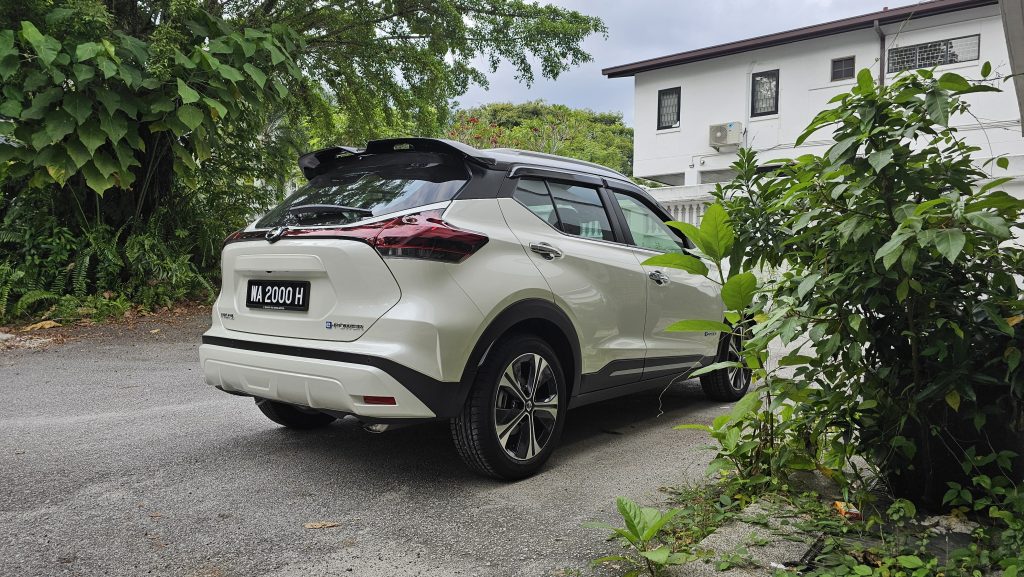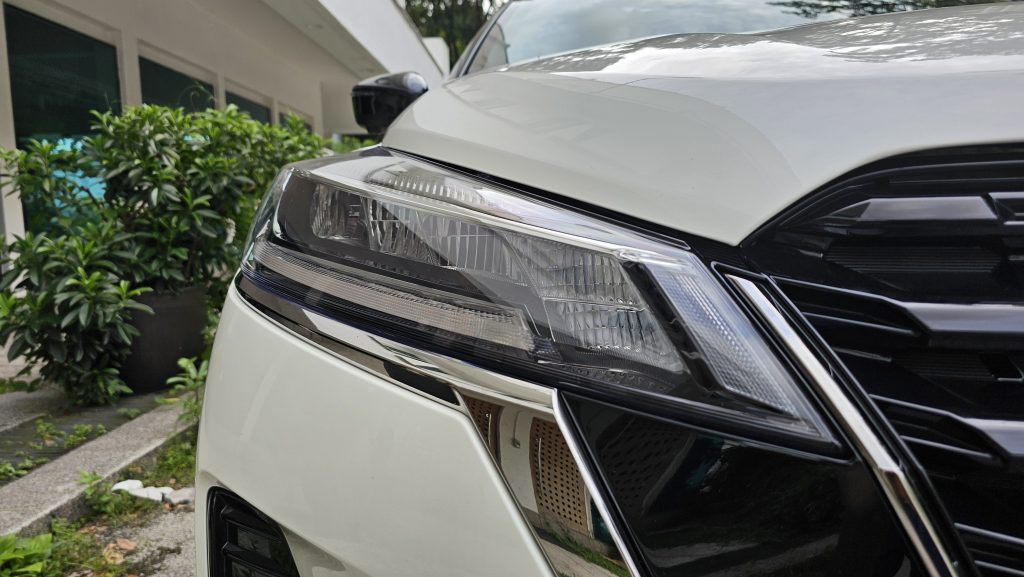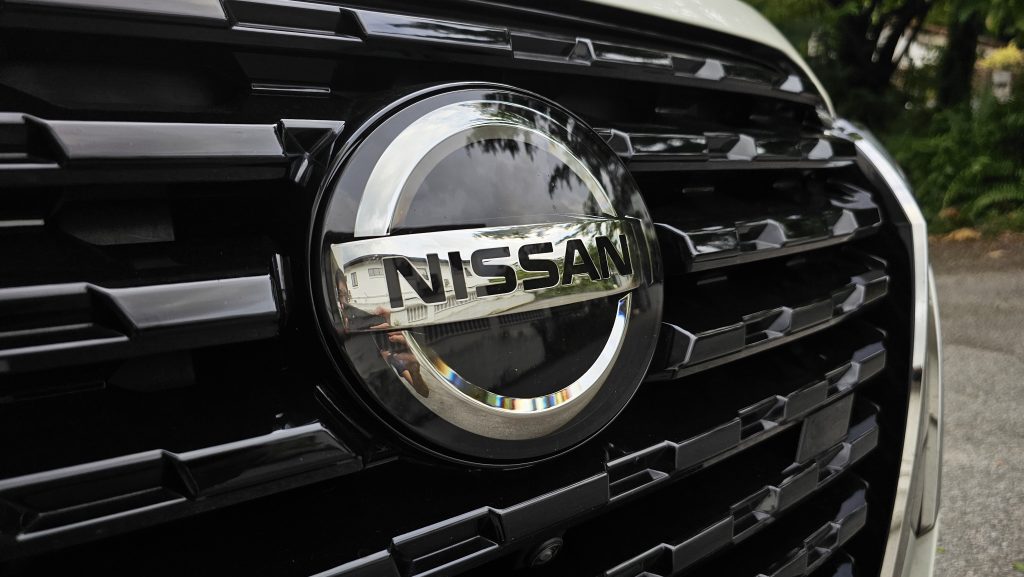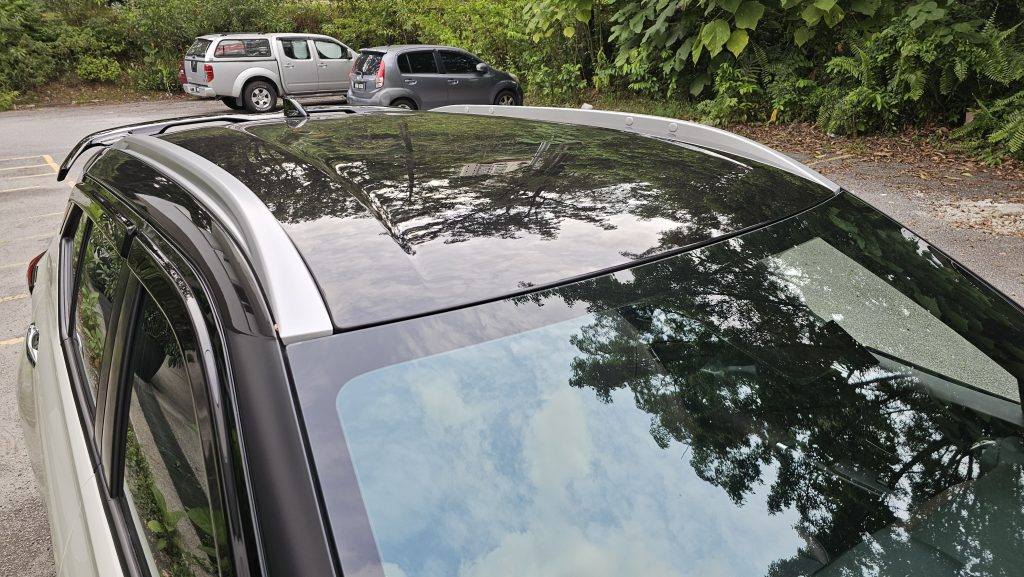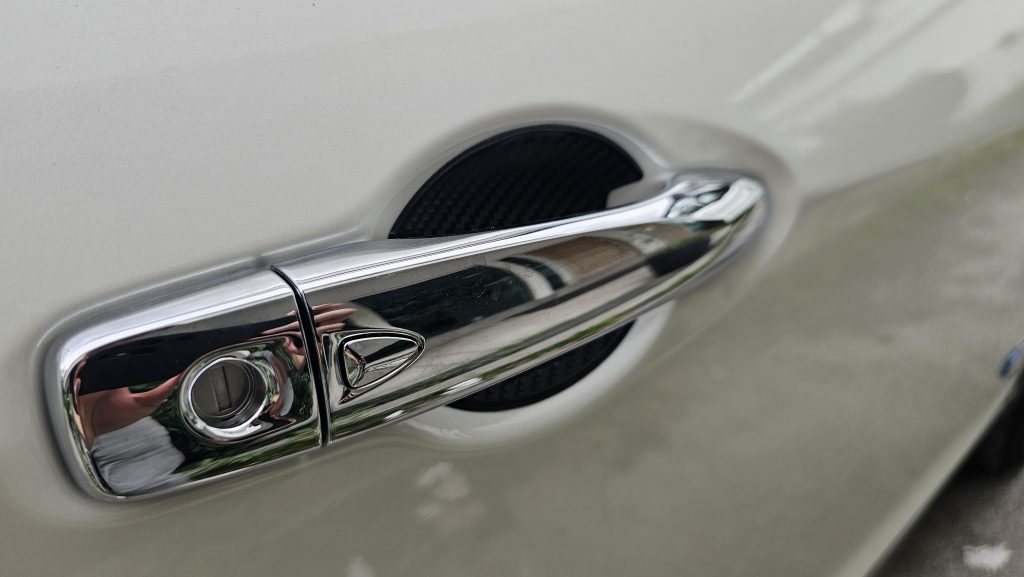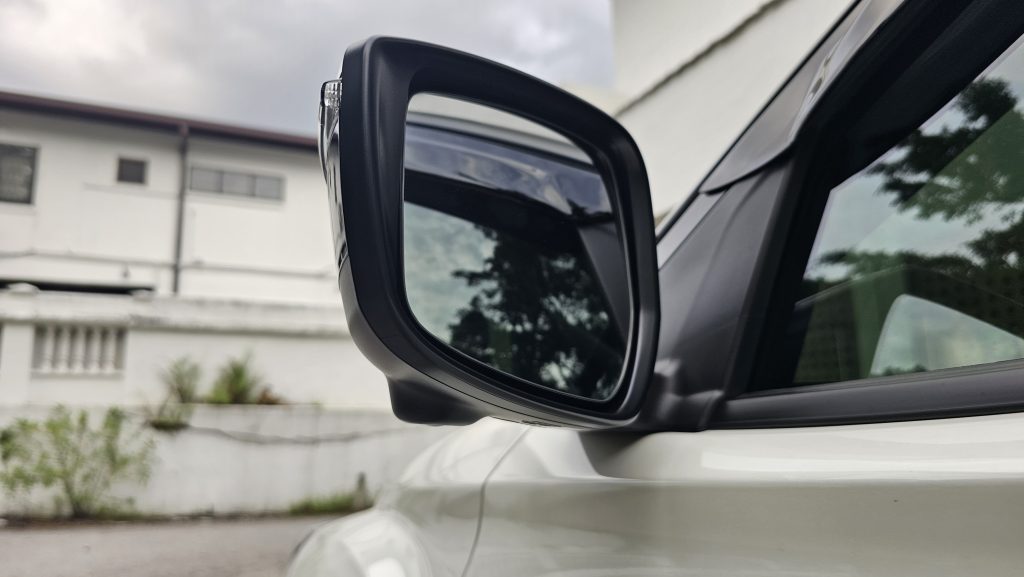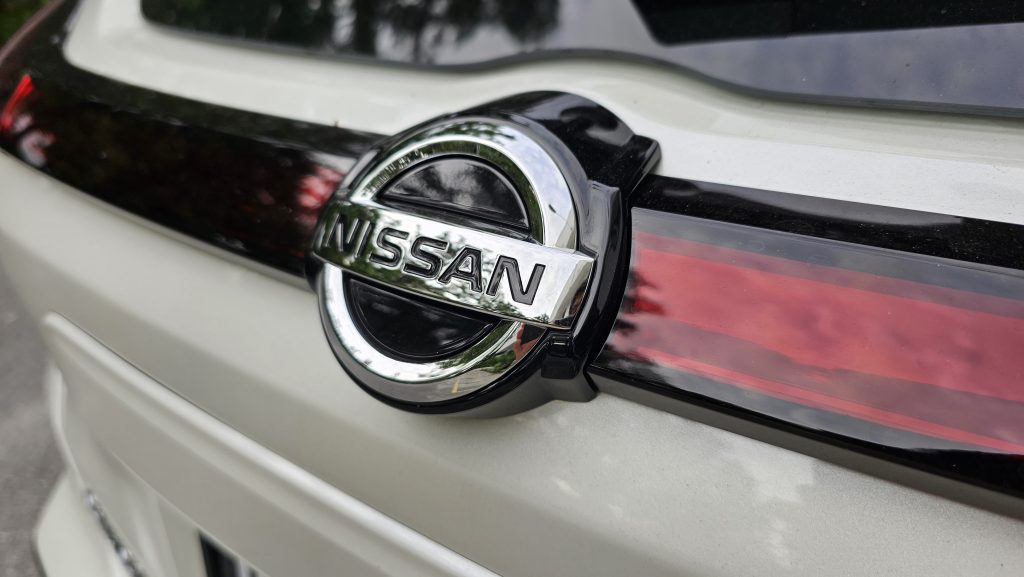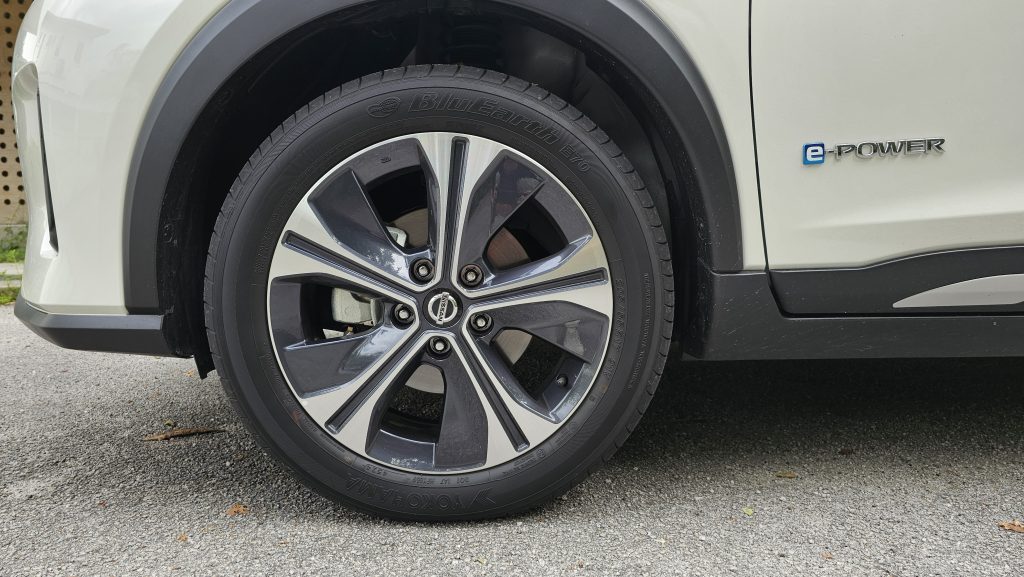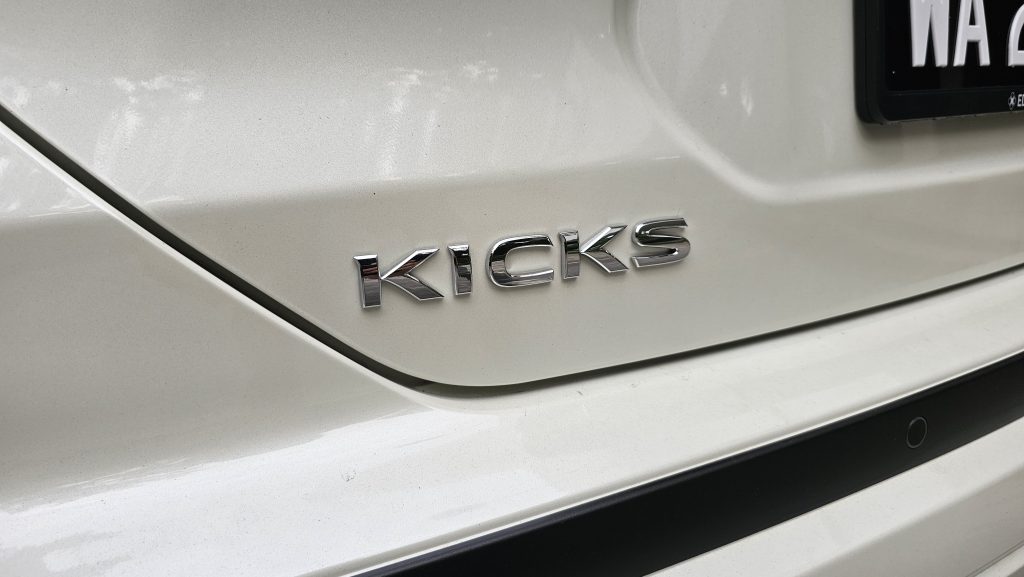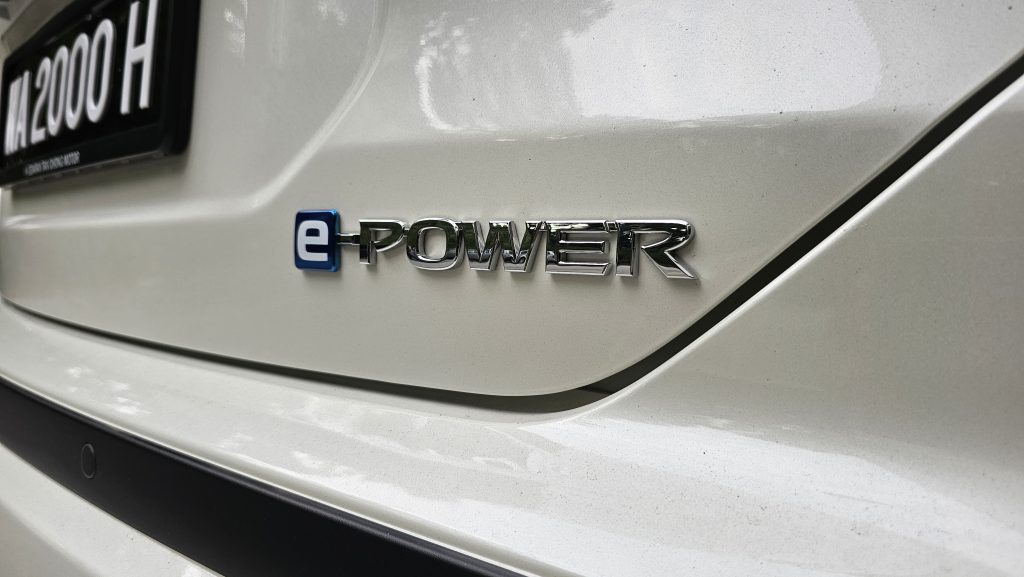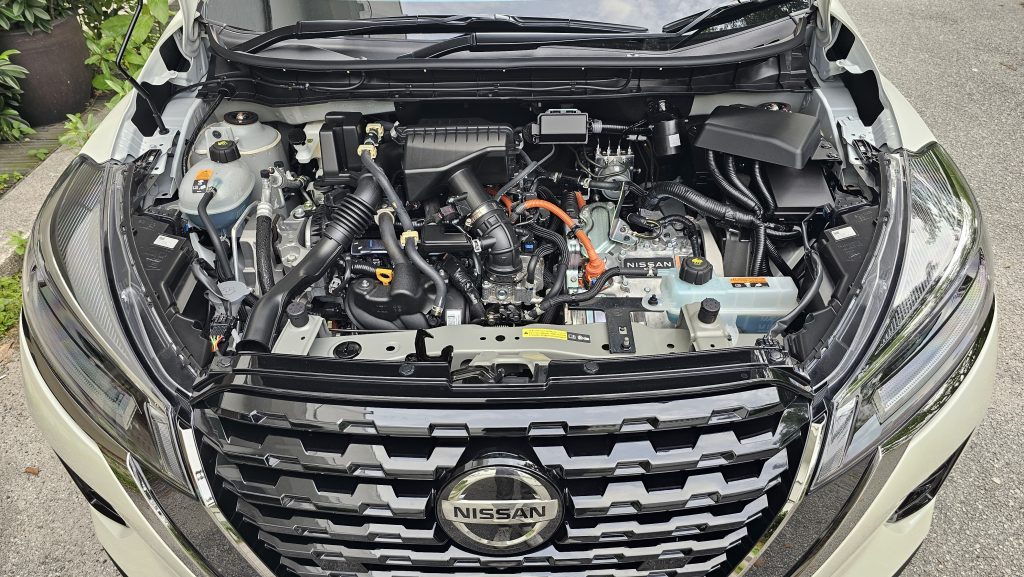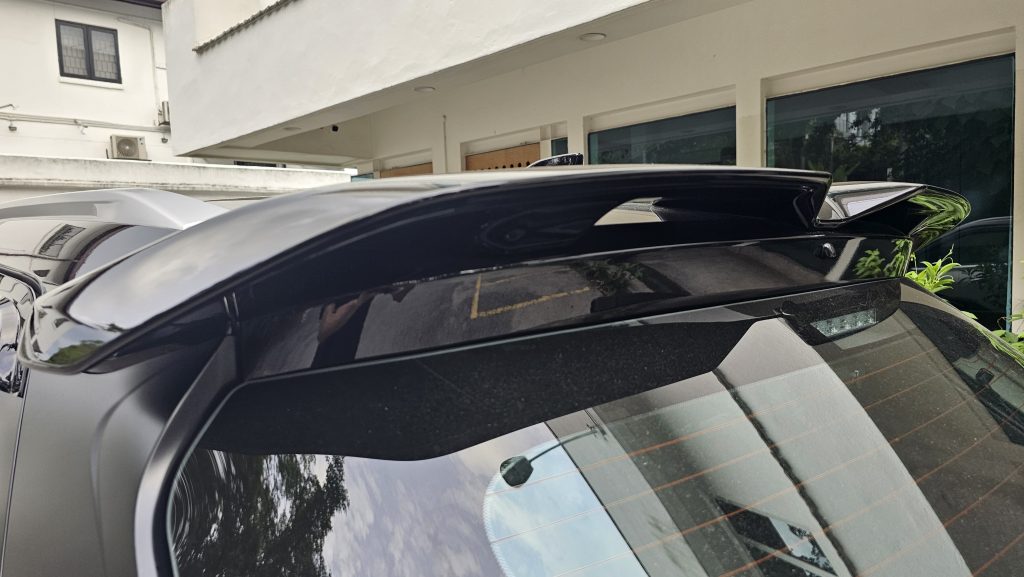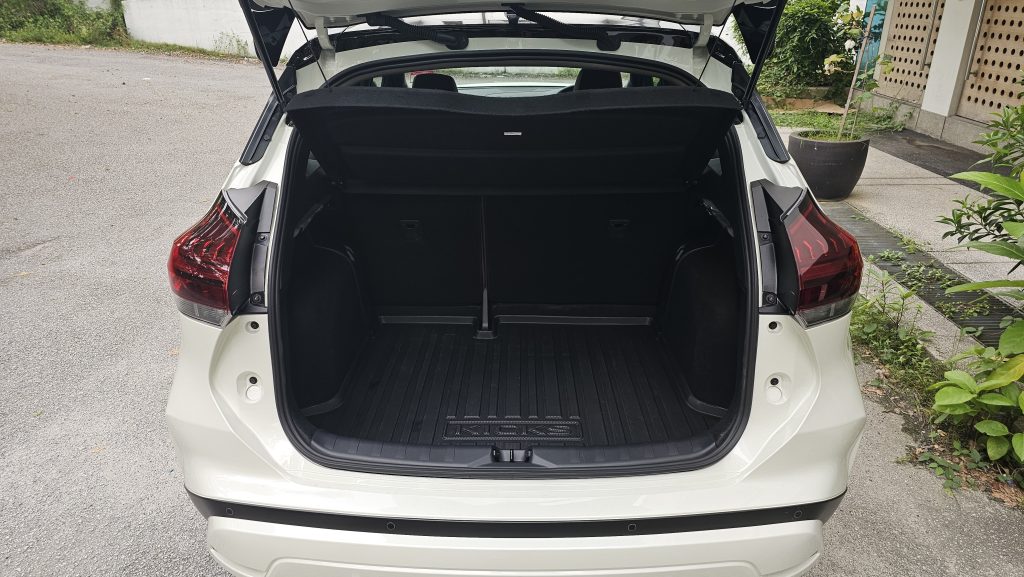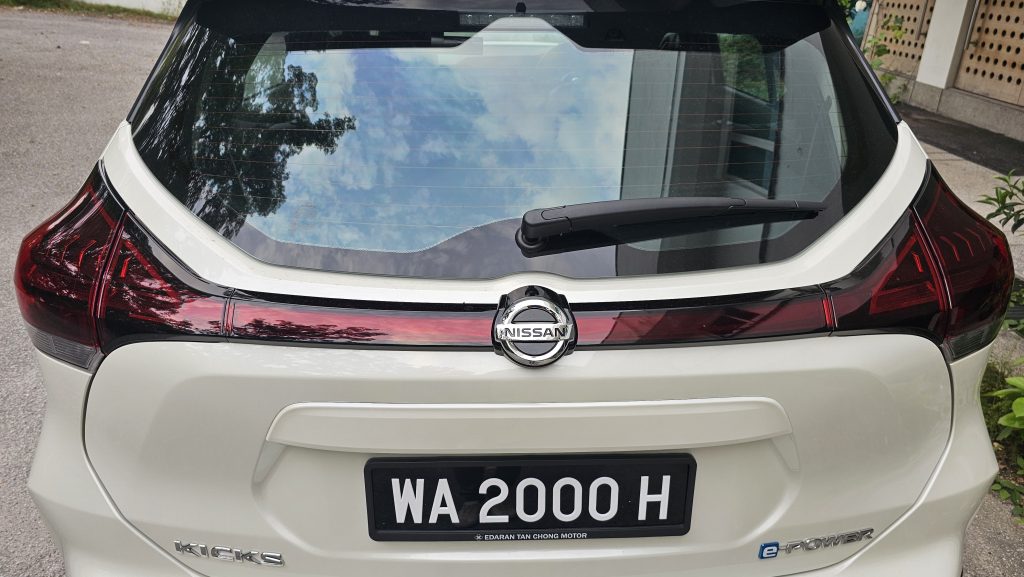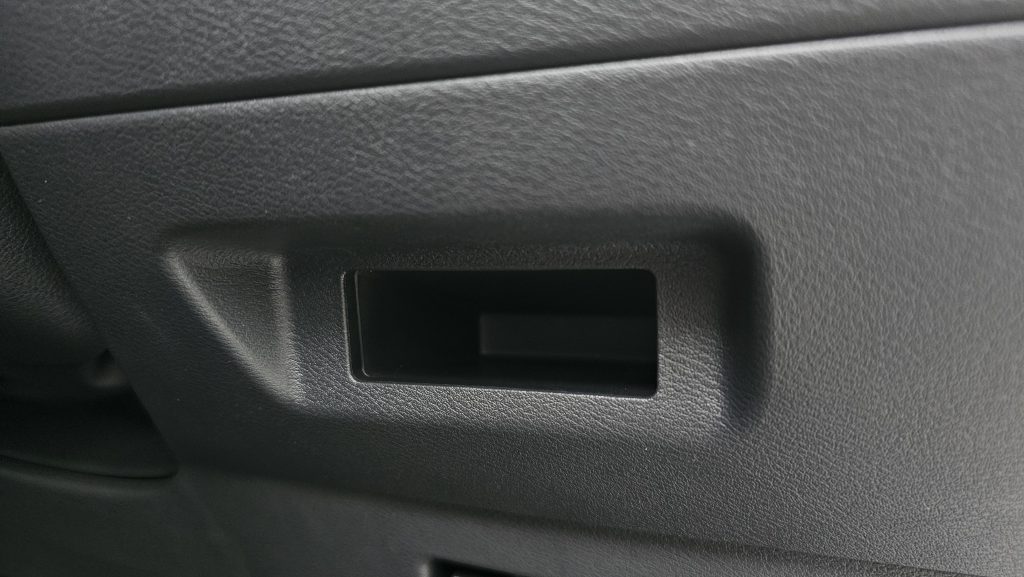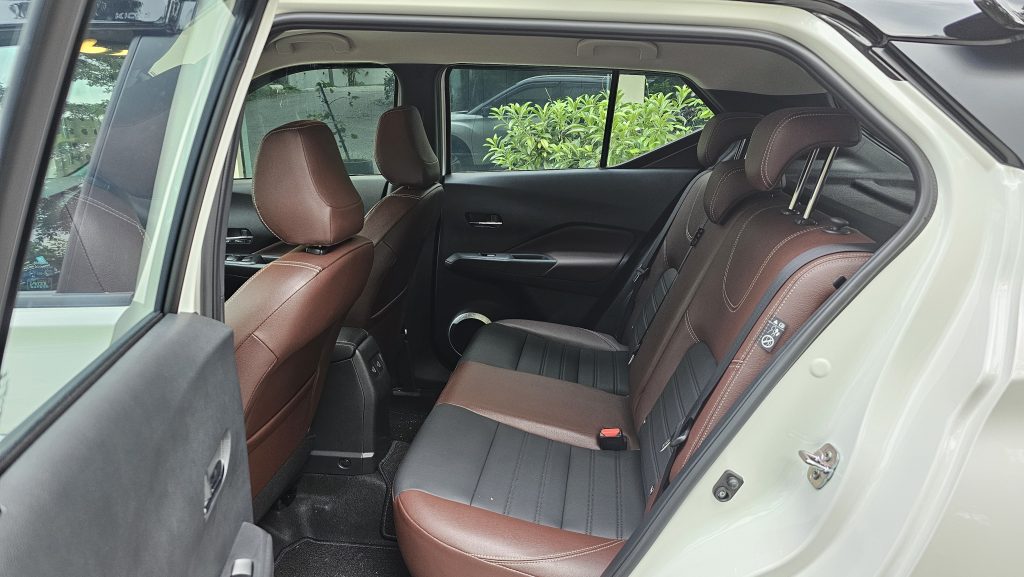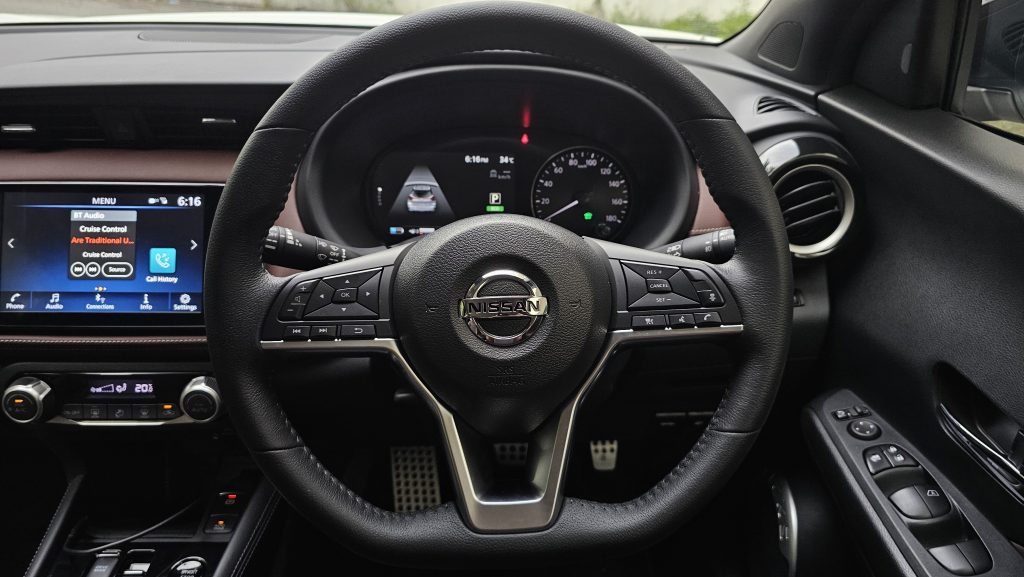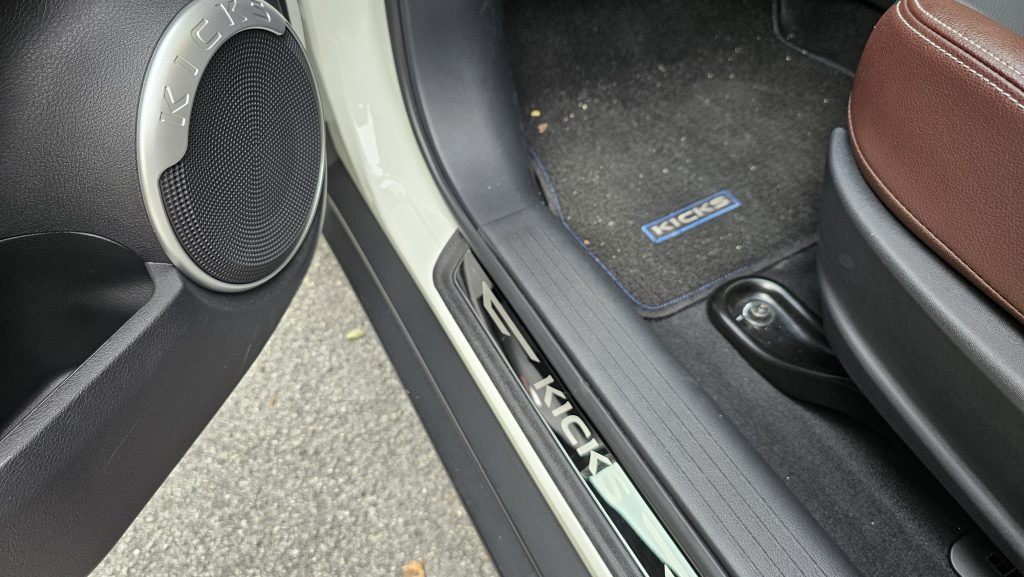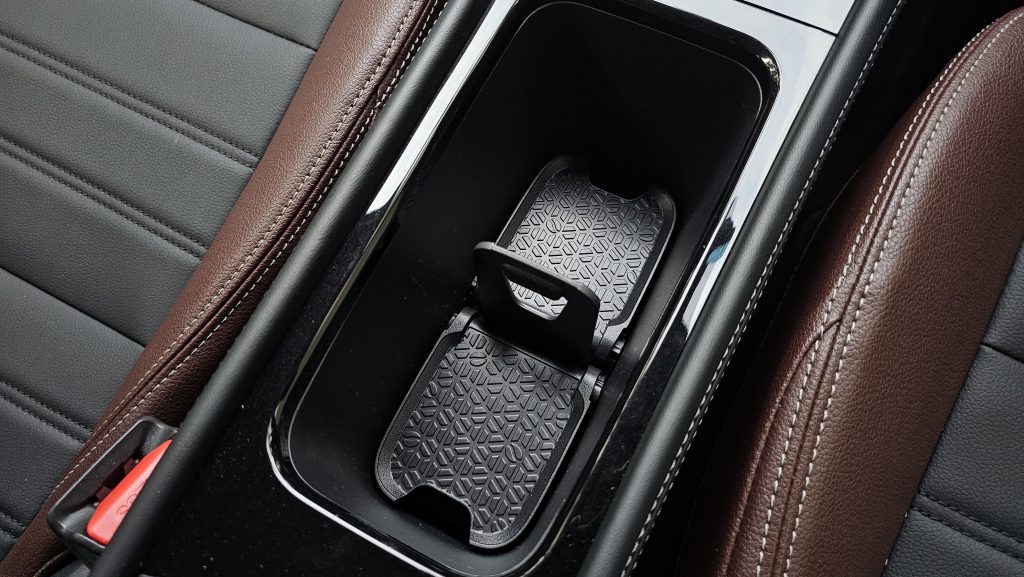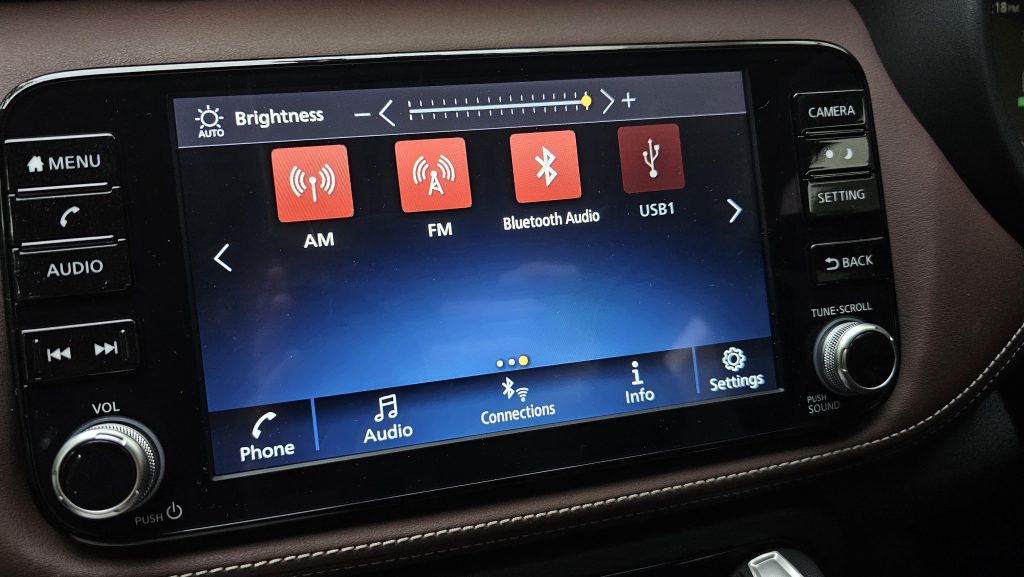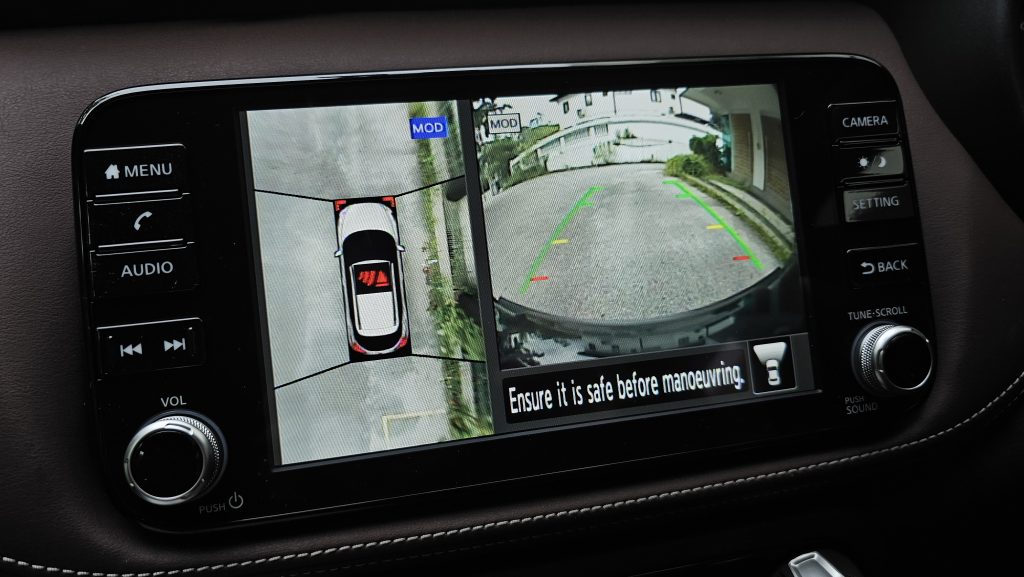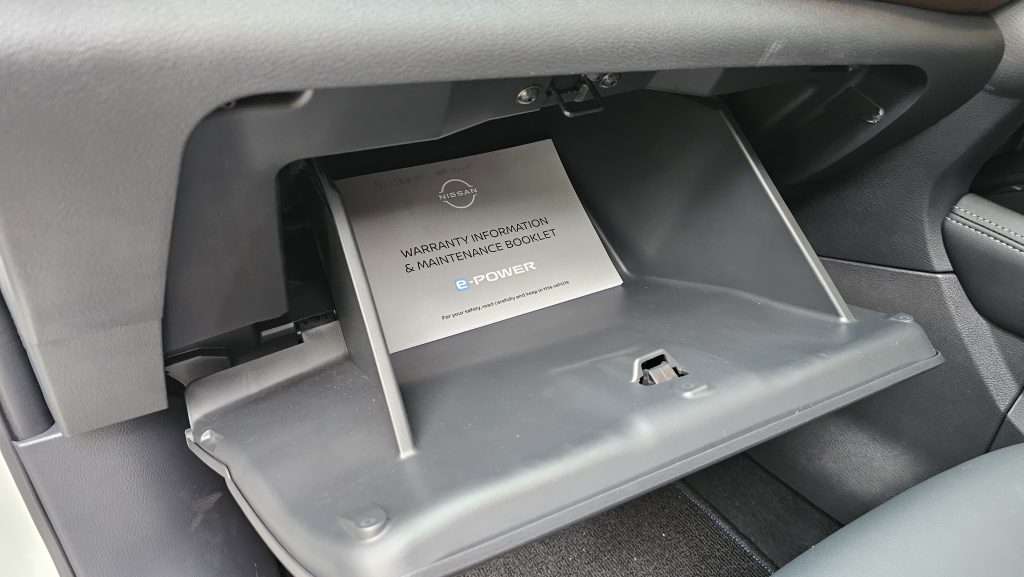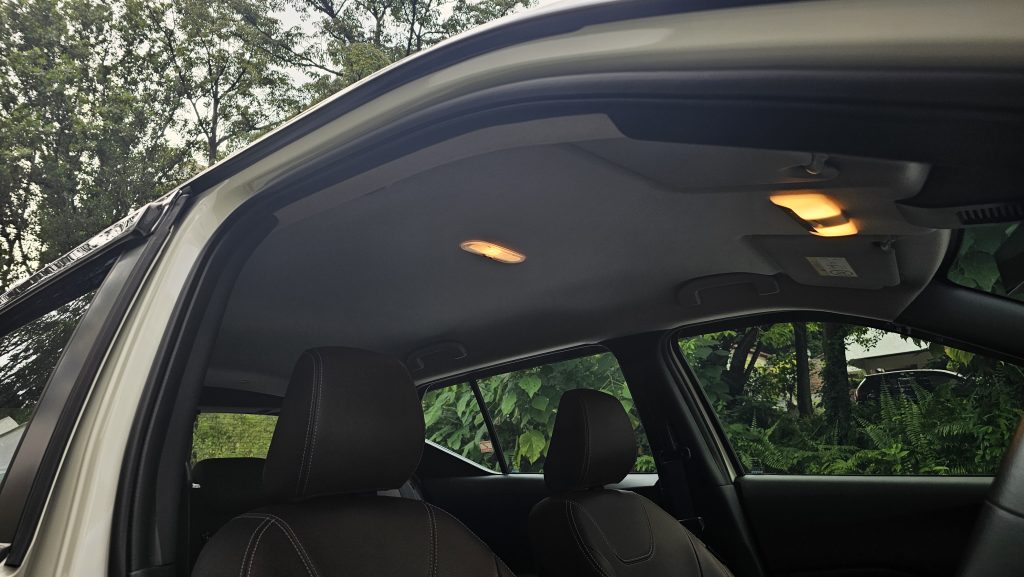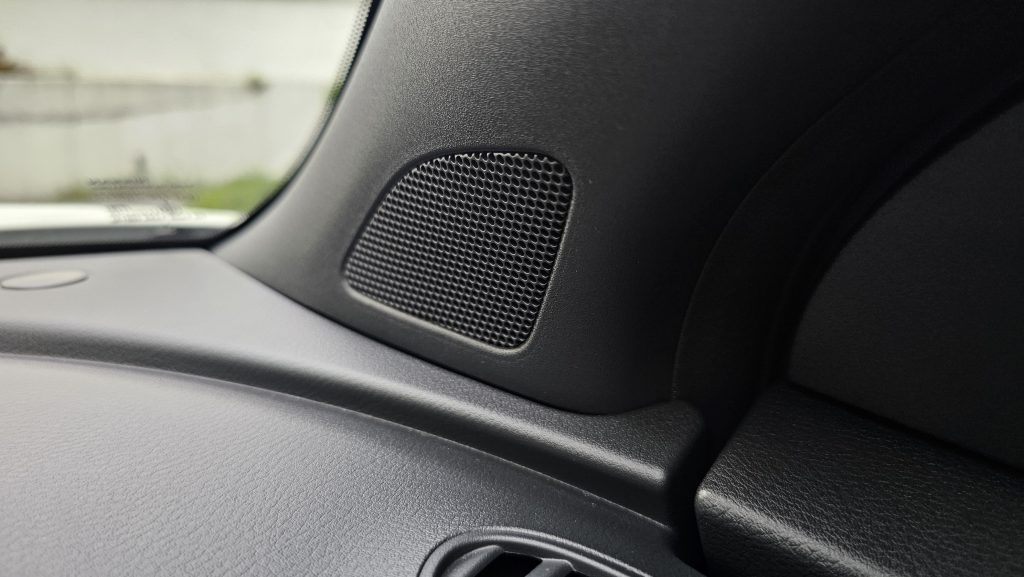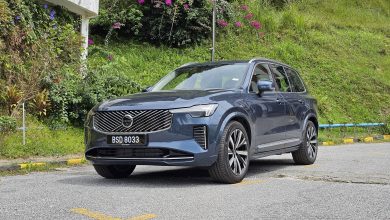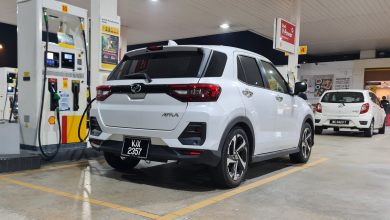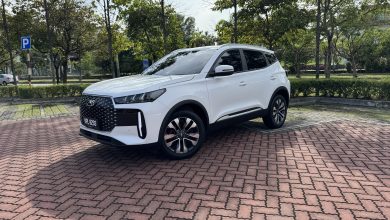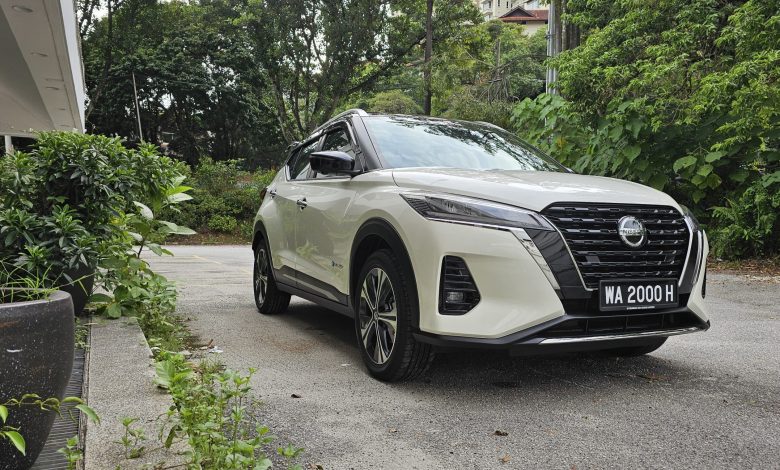
This new Nissan Kicks actually packs quite a number of small surprises that might initially escape notice.
Not too long ago, Automacha had the opportunity to take the newly-launched (at least in Malaysia, anyway) Nissan Kicks e-POWER out for a quick spin. But since it was only a brief drive, it unfortunately was insufficient to properly evaluate what, from that short stint at least, felt like a pretty decent small SUV.

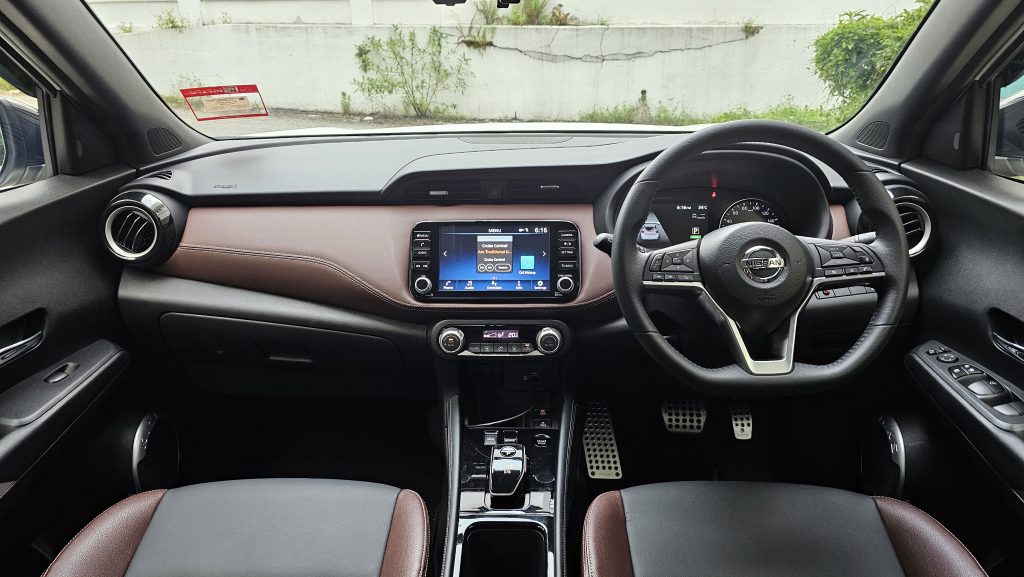

In lieu of a full, comprehensive review however, here are instead then a few smaller details that some might have missed about this latest Nissan in Malaysia:
- Starting first with perhaps the feature that the sales advisor will most likely point out — the Nissan Kicks (at least in this flagship VLT trim tested here) features a digital rear-view mirror. A feature previously only seen in thoroughly modern premium SUVs like the Range Rover Velar and Lexus RZ450e, it is therefore rather surprising to see it in a more affordable (and admittedly aged) Nissan. That said, while the image quality is reasonably high-def, this will still likely be more of a novelty for most buyers. Thankfully, it can revert to a standard mirror at the flick of the tab at its base.

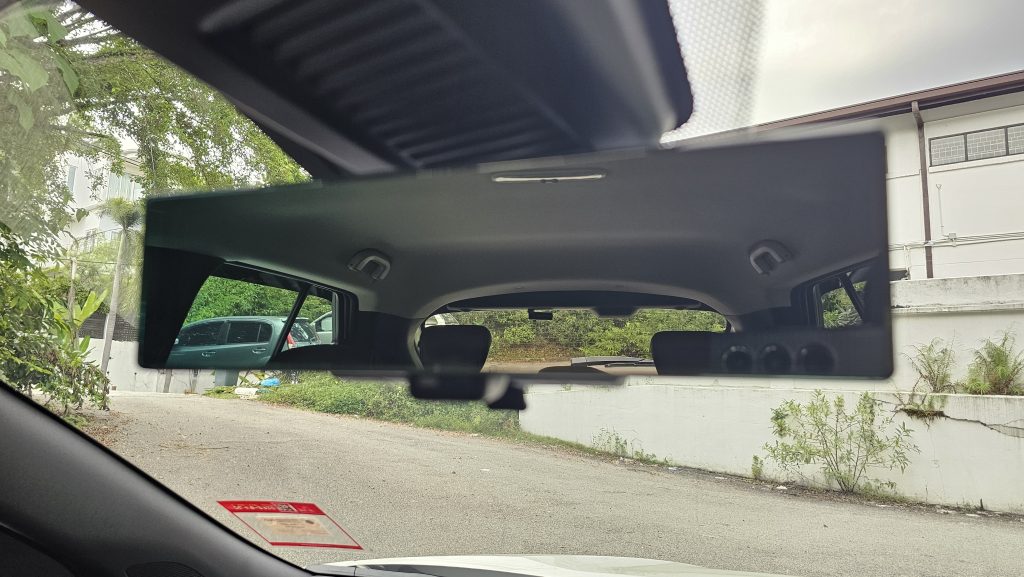
- The VLT trim of the Kicks tested here features proper metal pedal covers with genuine alloy screws and even the ‘Kicks’ lettering stamped into it, which does incidentally serve as a subtle reminder to everyone that Nissan still actually builds sports cars.

- The rear bench of the Kicks is slightly raised, allowing rear passengers to see over the front seats. This should help mitigate motion sickness.

- Predictably for a small SUV, there is no rear armrest in the Kicks.
- The little Kicks diagram on the ‘Energy Flow’ menu in its (semi-)digital driver’s display shows when the rear brake lights are illuminated. It’s a neat touch, especially for a car with regenerative braking.
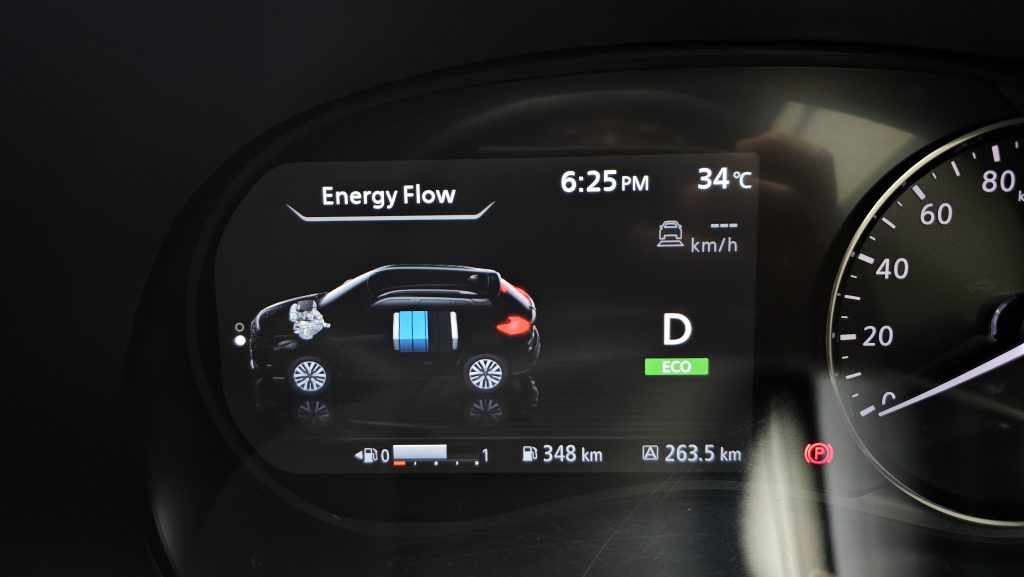
- There is a dedicated submenu screen for ‘Chassis Control’ in the Kicks, which as far as this writer can tell doesn’t actually show any pertinent information (nothing ever changes with that static car on the grid display). So it pretty much is instead just a shortcut menu to turning on/off active trace control, which is the only thing to toggle after clicking “OK” on that particular submenu.
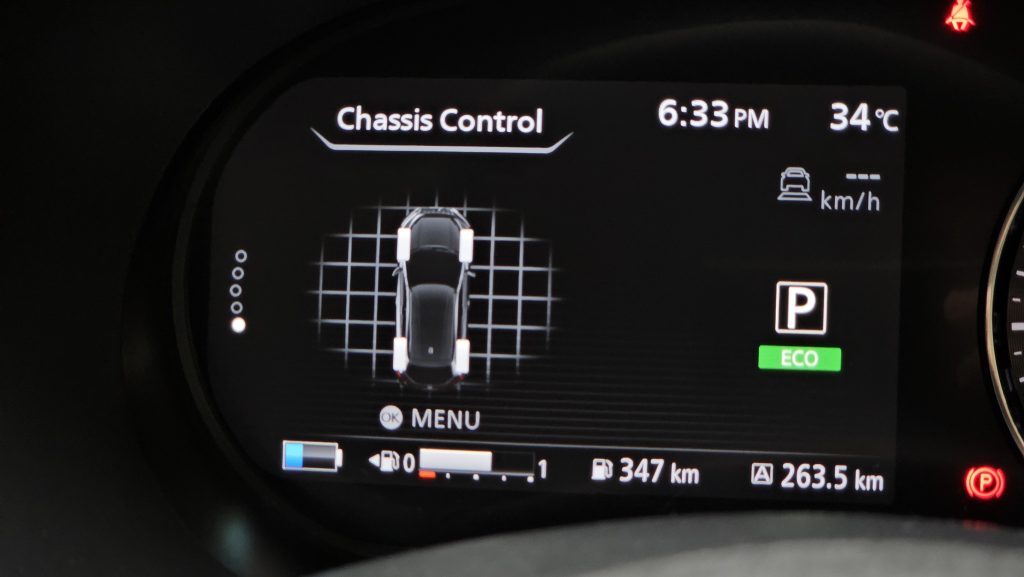
- Aside from the blessed presence of a physical volume knob on the infotainment screen, the standard 8.0-inch central display for the Kicks also includes a physical camera shortcut key and a lesser-seen button that toggles screen brightness. Additionally, pushing down the tuner dial gives quick access to sound settings (bass, treble, mid, fader, etc.).
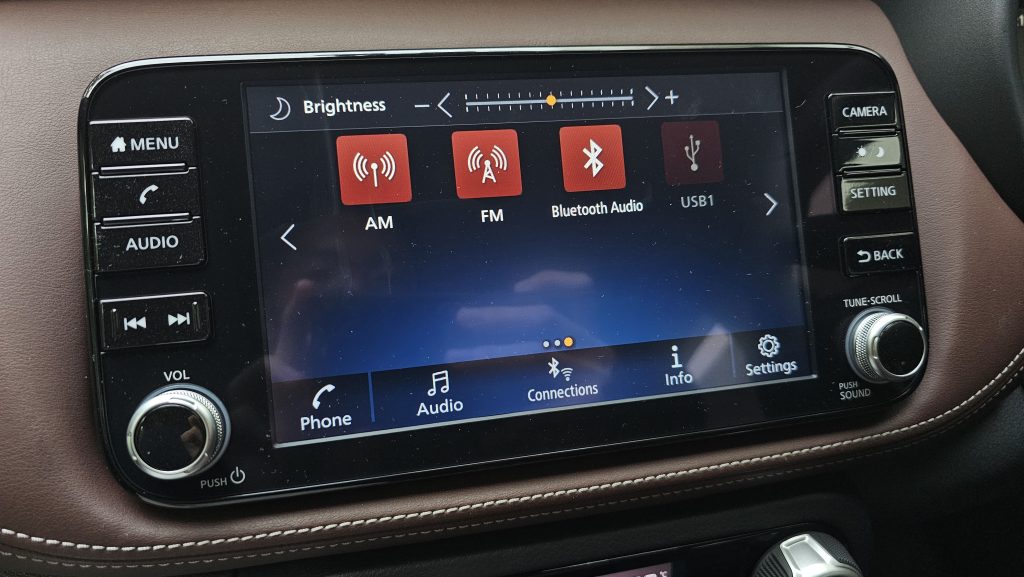

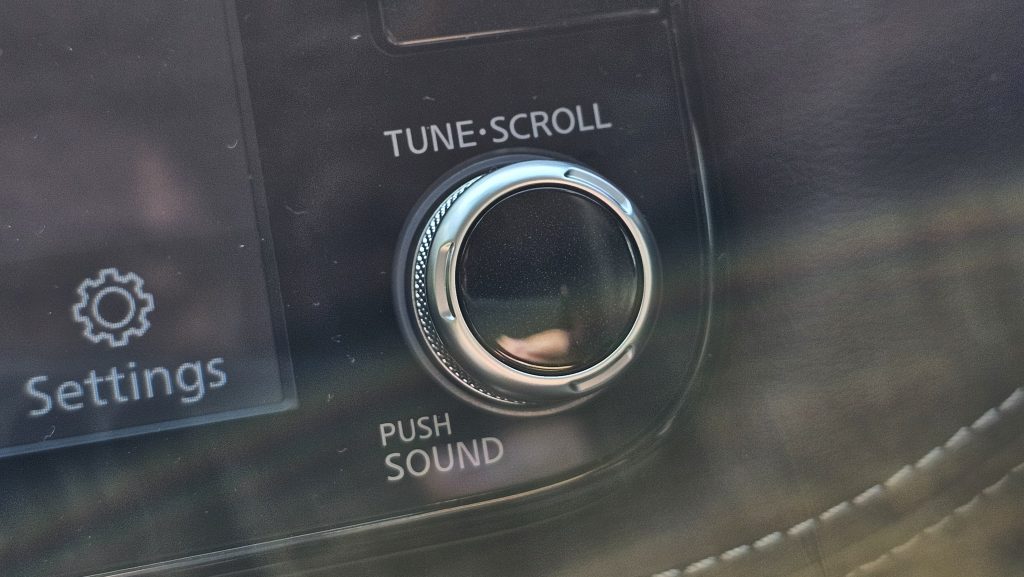
- Strangely, only the driver’s side window gets automatic up/down functionality.
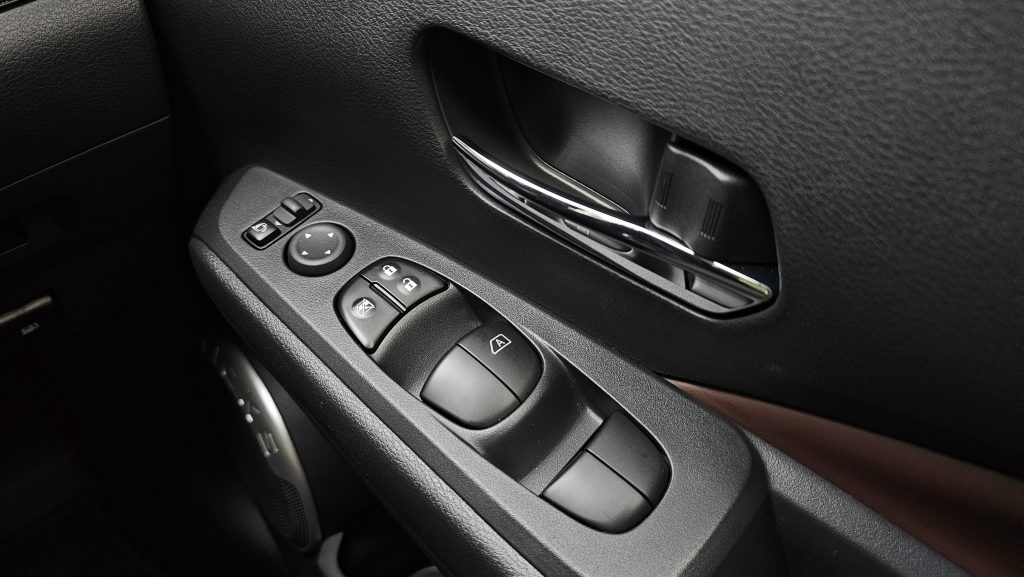
- Both front sun visors in the Kicks have built-in illumination, but the lone firefly-esque glow from what feels like a tiny central bulb along the full-width frosted strip is so dim it might as well not be there at all…
- As a clear sign of its age, the Kicks still features a USB Type A port for its wired smartphone (Android Auto & Apple CarPlay) connection. There’s also an old-school aux jack right next to it.
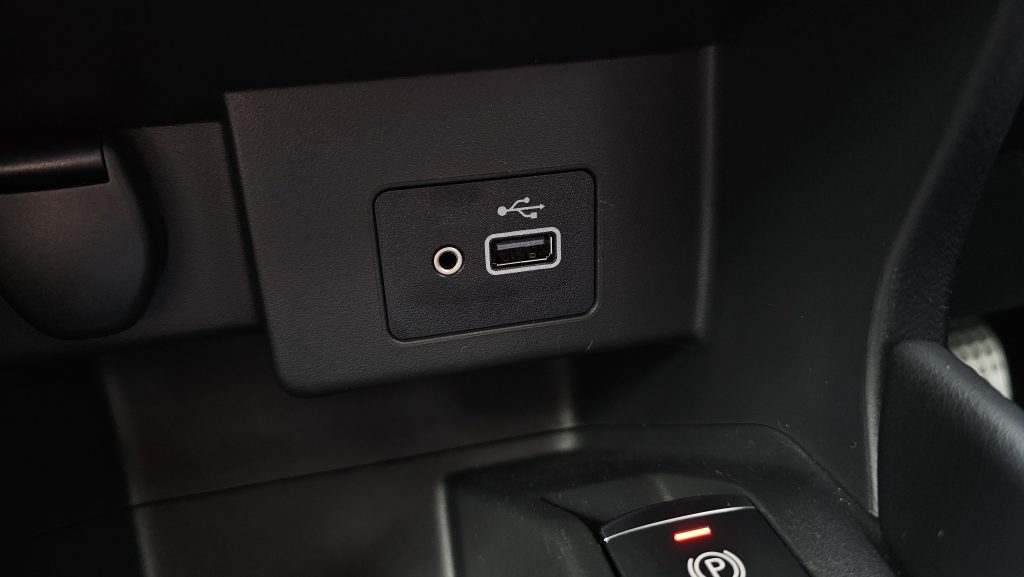

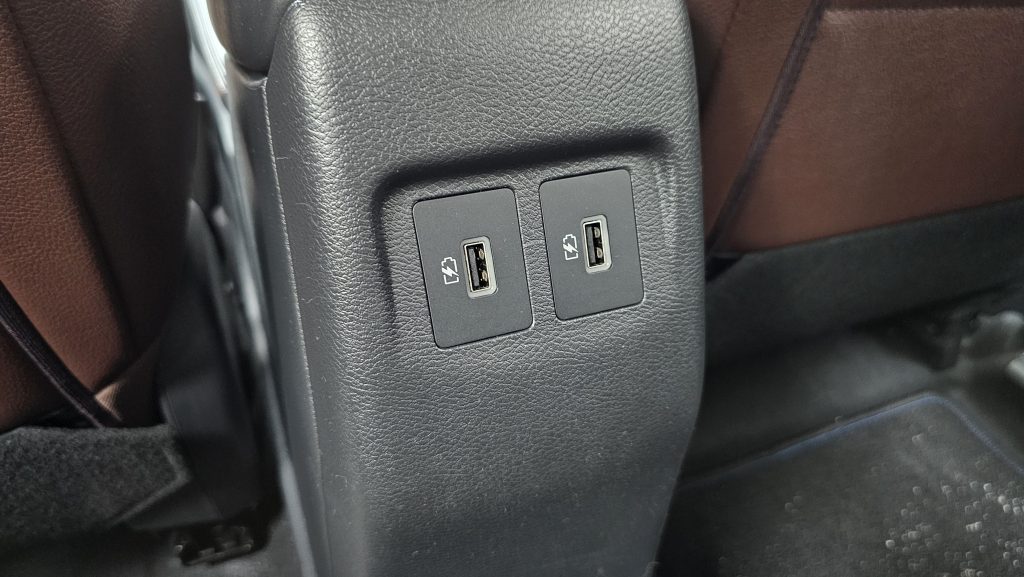
- The centre console storage cubby in the Kicks is laughably small. But to compensate, there are two deep cupholders in front of it that are large enough for the smaller 500 ml bottles. And if bottles aren’t your thing too, Nissan has included a removable tray-like insert that raises the depth of the cupholders to better accommodate for shorter drinks.

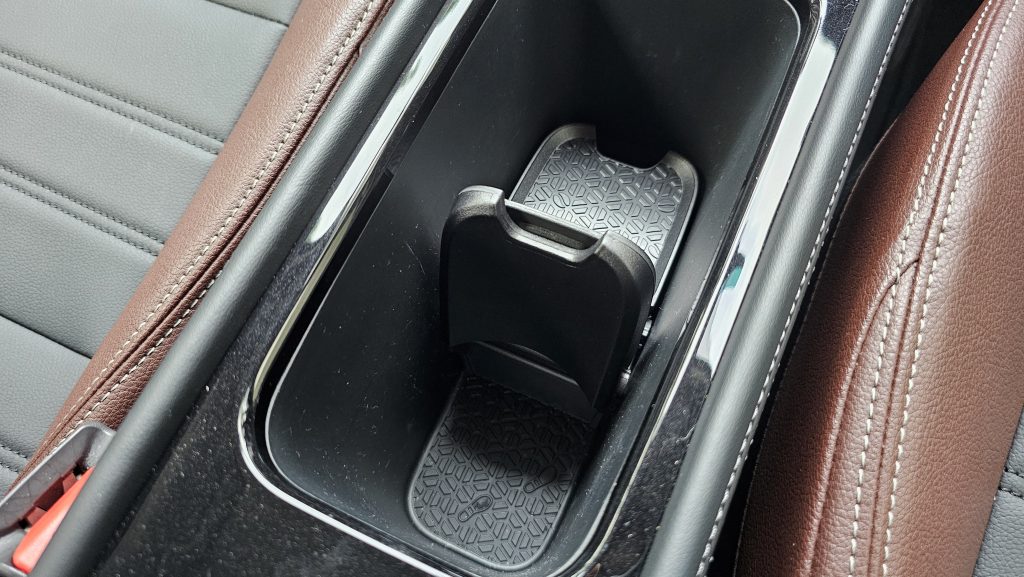
- There are three main driving modes in the Kicks: Eco, Normal, and Sport. It also has a separate EV mode that enables it to run fully on electric power alone (without the engine kicking into generate power), but it interestingly is only available when either Eco or Sport mode is selected.
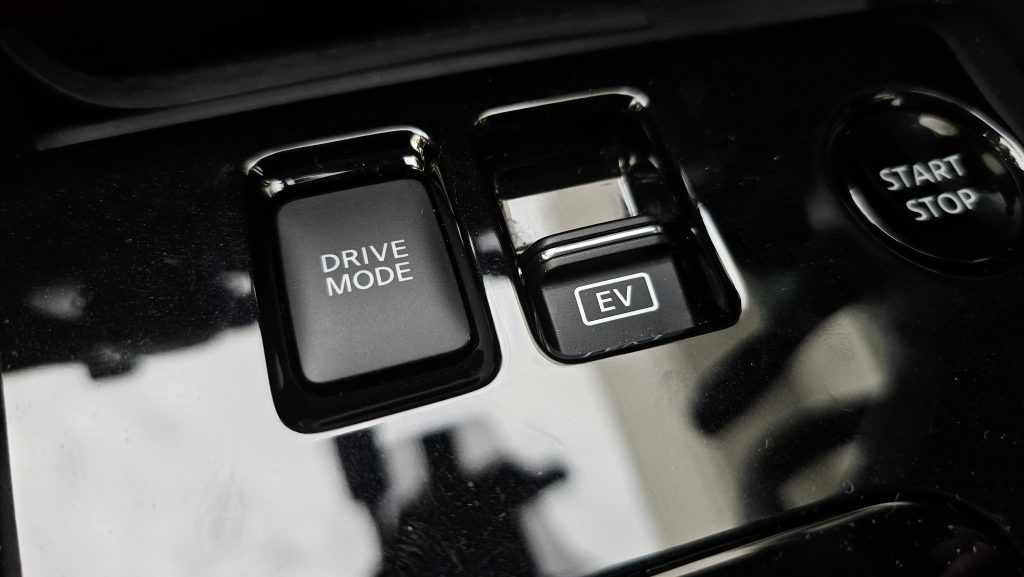
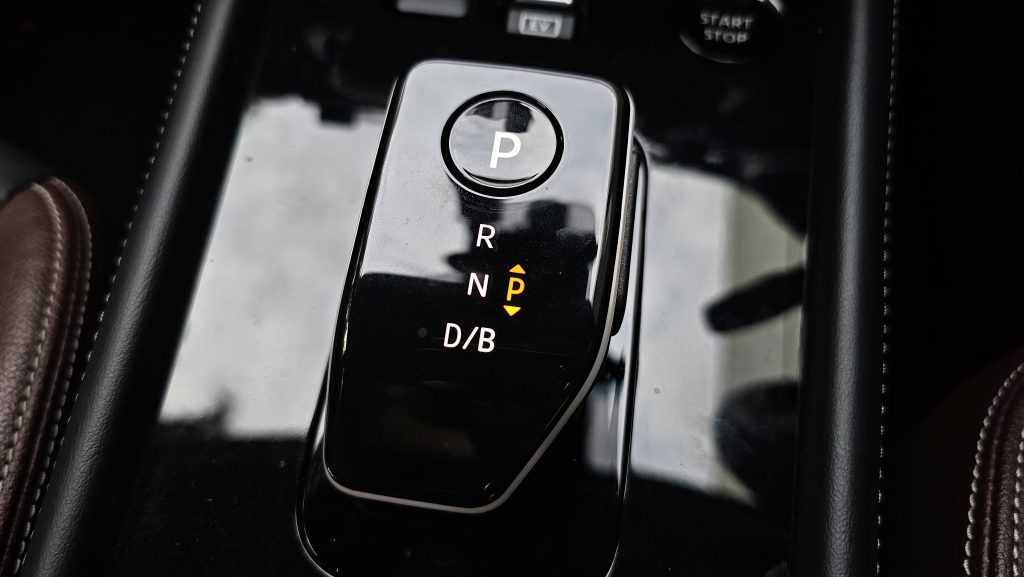
- The range estimate changes depending on the selected drive mode. But what’s even more interesting is that the range figure is lowest in Normal mode, followed by Sport, and highest — predictably — in Eco. This could perhaps be due to regenerative braking being stronger in Sport mode (relative to Normal), which helps in extending its range.
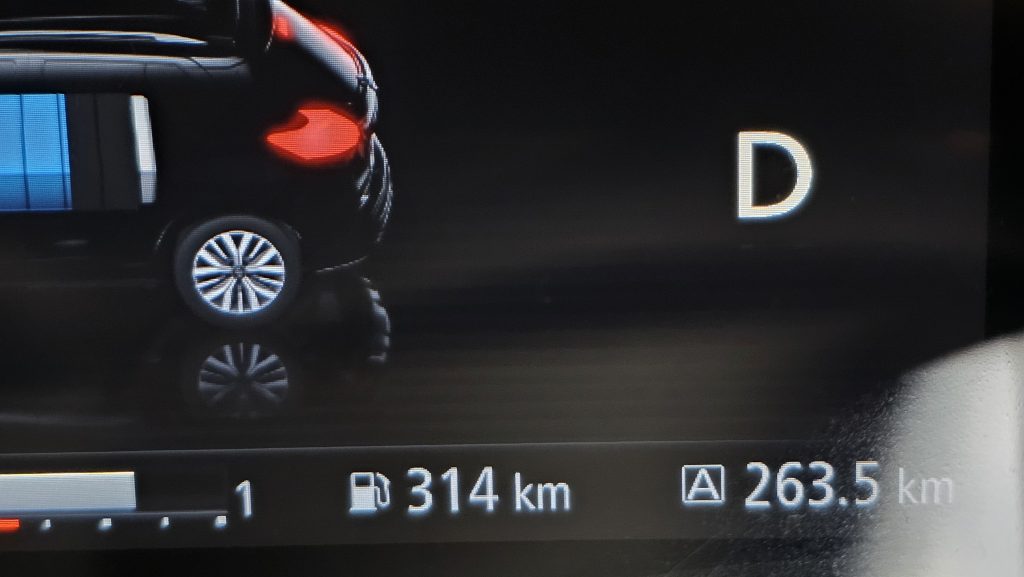

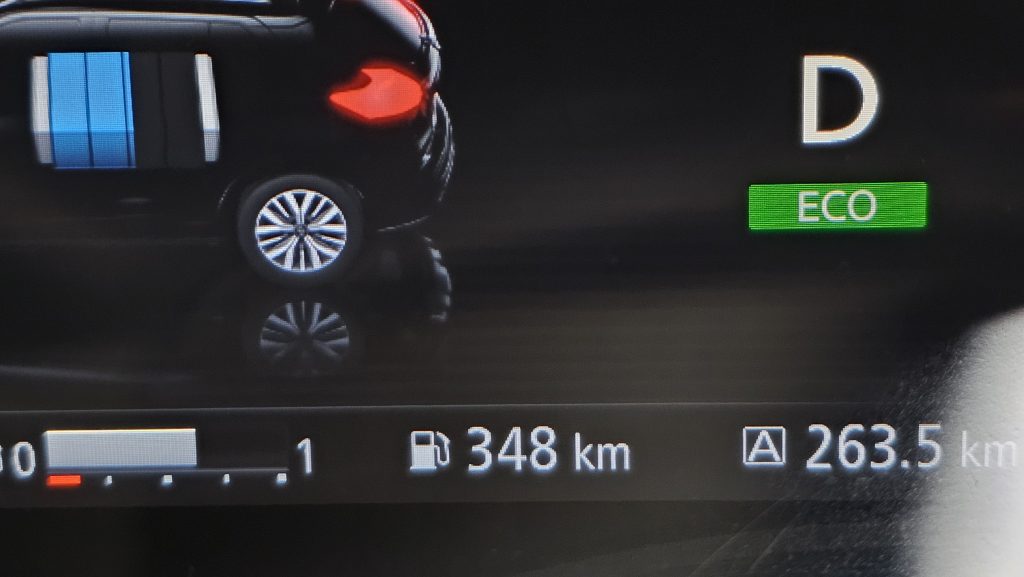
- There’s a handy little guide for the indicator stalk stamped onto the steering column just below the stalk itself. Funnily enough though, there isn’t a similar guide for the wiper stalk.

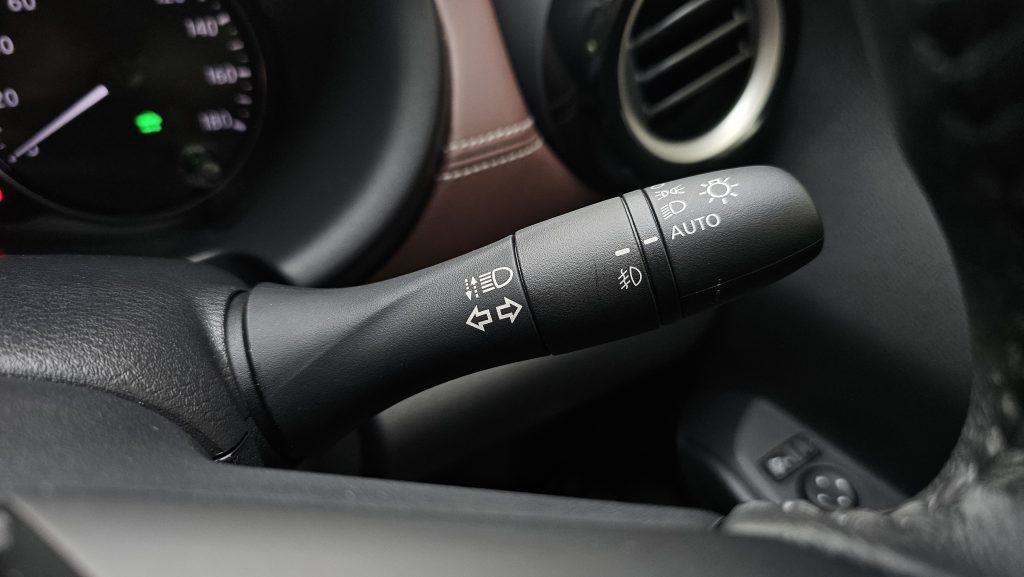
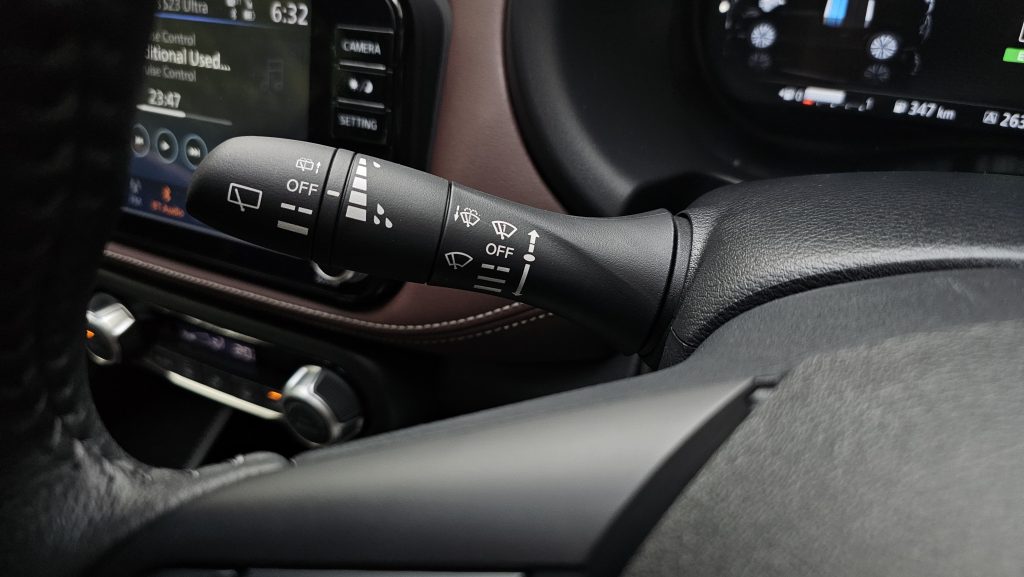
- Both front seats are manually adjustable, even in this higher-end variant. That said, the seatbelts are height-adjustable for both front occupants.
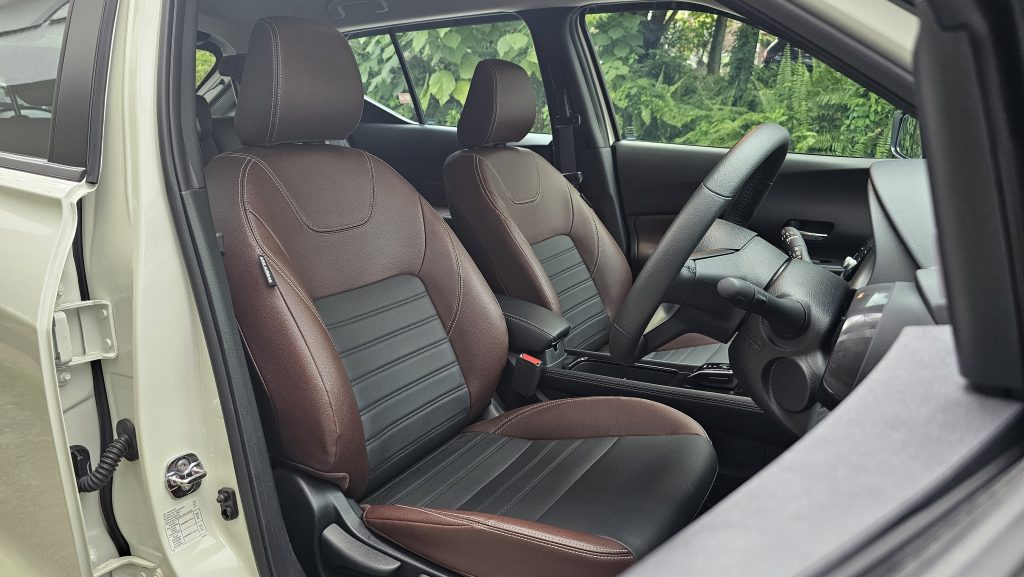

- The surround-view camera on the Kicks isn’t the highest resolution out there, and it does have a rather fish-eyed effect. Though the upside of this is that it provides a wide view—which, while not entirely accurate, is still quite helpful.
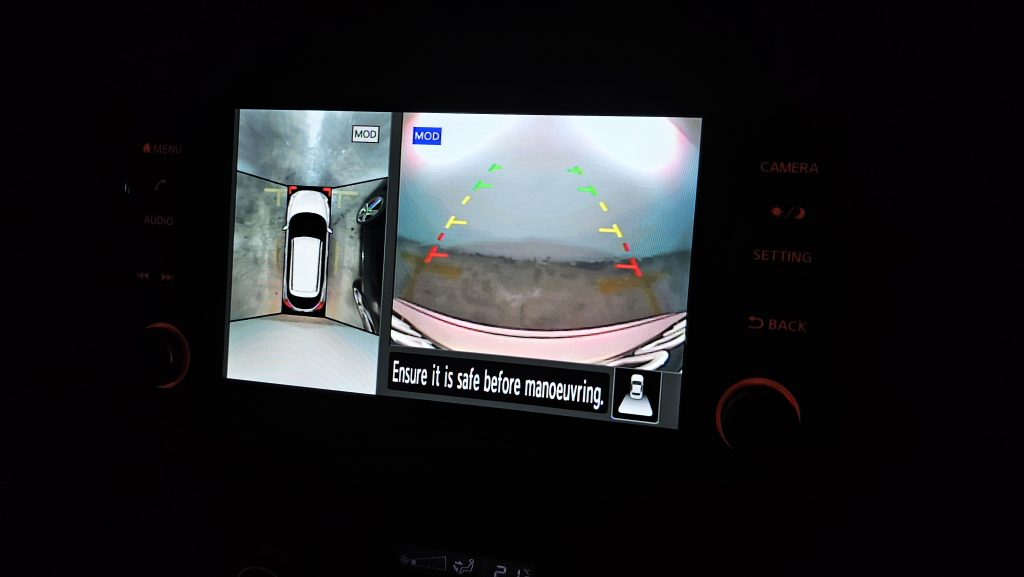
Nissan Kicks e-POWER VLT Technical Specifications
Engine: HR12DE Inline-3 DOHC 12-Valve CVTC naturally aspirated
Capacity: 1,198 cc
Transmission: 1-speed gear reduction automatic
Electric Motor: AC synchronous motor (FWD)
Max Power (Electric Motor): 129 PS
Max Torque (Electric Motor) 280 Nm
Battery Capacity: 2.06 kWh (Lithium Ion)
0-100 km/h: 9.5 seconds
Fuel Consumption: 21.7 km/l
Fuel Tank Volume: 41 litres
Price: RM 121,800 (RM 125,800 for two-tone paint with black roof)

